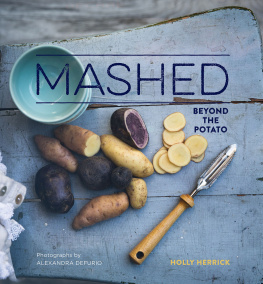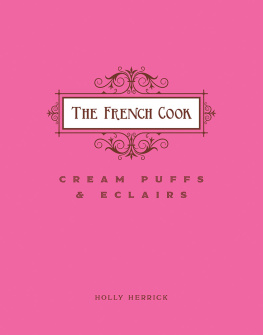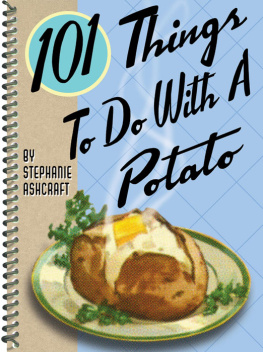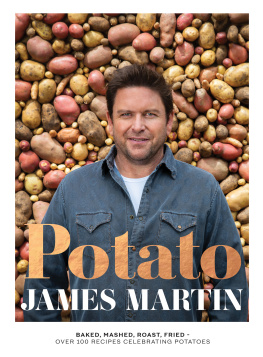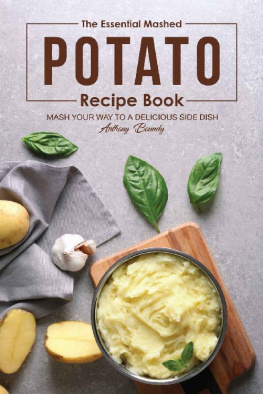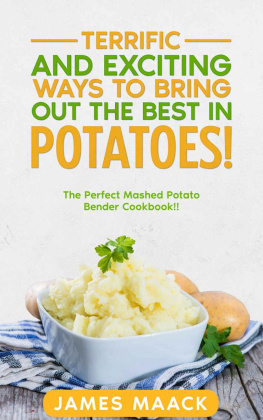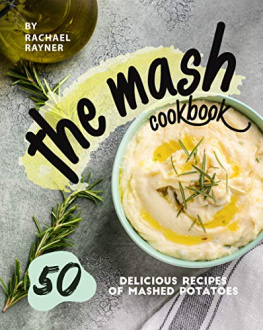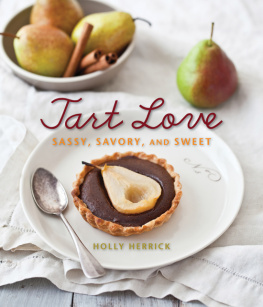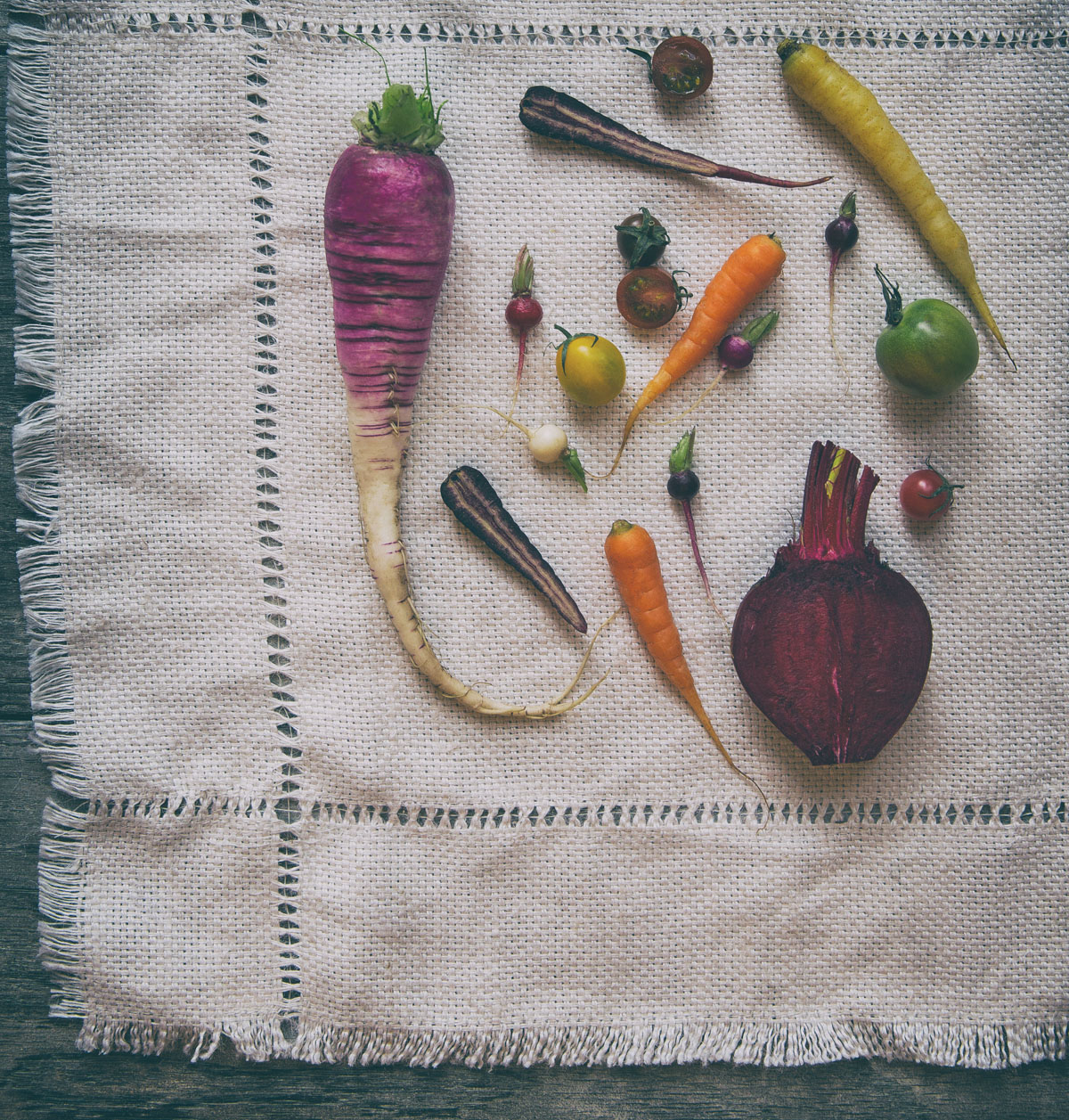Introduction
That which is not good is not delicious to a well-governed and wise appetite.
John Milton, 16081674, Comus
As celebrated poet John Milton so correctly points out, That which is not good is not delicious. As a long-time restaurant critic, frequently subjected to eating bad food (as well as a whole lot of delicious food), and a dedicated chef, instructor, and eight-time cookbook author, I will add my personal motto to his thoughts: Life is too short to eat bad food, mashed or otherwise.
Indeed, mashed foods conjure up images of comfort, even childhood. During the process of writing this book, I kept envisioning a young child barely bellied up to a table in a chair thats too big and low, cradling an oversize spoon, eagerly digging into some mashed deliciousness, legs dangling, toes tapping in anticipation, butter dripping down his chin. Maybe it was a subliminal me? There is probably a little bit of that kid in all of us, which is a big reason why writing this book was so much fun for me, and hopefully will be equally fun for you to read and cook from.
In addition to comfort, mashed foods inspire the notion of simplicity, which is largely true. But, as Ive learned going through life, particularly in cooking, making simple food delicious presents an extra challenge. What makes average mashed potatoes stand out from unforgettable, delicious ones, the kind you dream about? What makes a fruit compote sing, or a winter root vegetable mash make you want to sing?
As you work your way through this book, youll see that the answers boil down to a few simple concepts that require dedication to reach ethereal, delicious mashed food levels. The most important thing is to start out with the freshest, best-quality food and ingredients you can find. You cant make delicious from tired or processed.
Second, consider the texture of the principal ingredient. Not unlike matching the right accessory with a dress, or the right place to hang a painting on the wall, you want to think about what might complement it. Barley in mashed potatoes? Probably not, but cauliflower? Absolutely, yes.
Layering flavors is also essential. The recipes throughout this book are designed to build upon inherent flavors in any given food and layer them back into the dish. For example, going back to cauliflower, the water or stock in which it is simmered is later brought back into the dish, avoiding waste (and throwing away nutrition) and doubling up on flavor. Many fruits and vegetables are roasted and then mashed, which is another way of doing the very same thing. Stocks, broths, wines, and other flavoring ingredients are reduced or steeped and then delicately returned to whence they came.
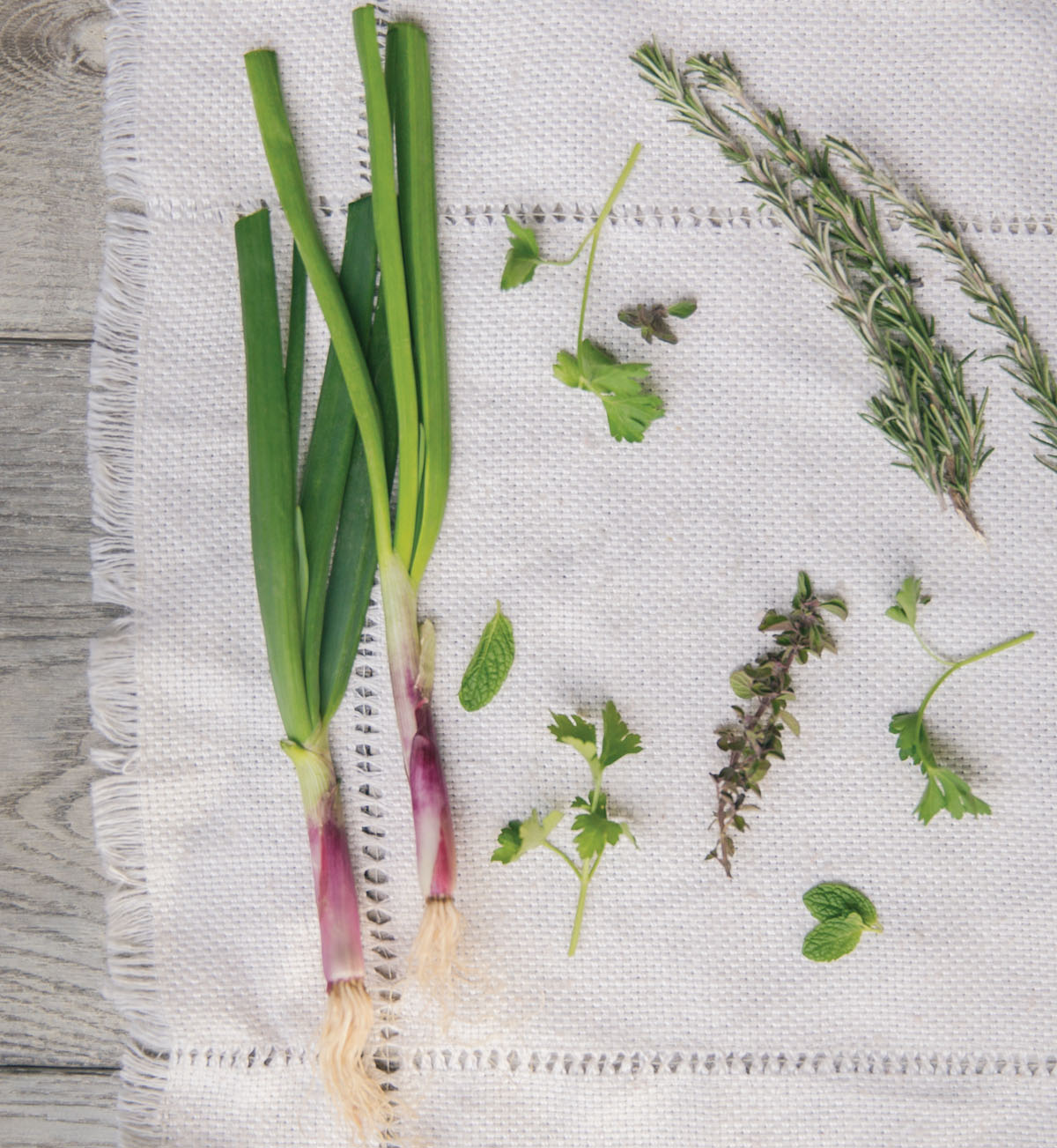
Finally, choosing the right method to mash () is mandatory. Its like matching the right color makeup to your skin tone. The wrong one will make you look ill, while the right one is barely perceptible, perfectly beautiful and natural. For example, mashing potatoes with a food processor is equivalent to turning them to glue, while a food mill or old-fashioned manual masher will render the potatoes into fluffy spud pillows, eagerly awaiting the butter and cream theyll readily absorb to make them sublime.
Throughout the pages I strive to clearly define and make understandable some of these rules, but remember with rules, there are always exceptions. It is my hope youll use the methods, inspirations, and concepts to create some memorable, always delicious, mashed treats using your palate and finesse as a personal guide.
As always, bon apptit!
HOLLY
Basic Mashing Tools
. To use it, just push down and through what youre working with, swirling a little to bring stray bits back into the bowl and into the mash fold.
Food Mill Another old-school manual-masher method, it remains one of the best, particularly for foods you want to cook with the skin on (such as tomatoes, apples, pears, or potatoes) for flavor and nutrition reasons, but ultimately want the skins removed in the mashing process. Food mills come with many different-size holes (also known as rice) and operate by turning the handle around the mill, going backward from time to time to further press the contents. The mill will hold the skins, but release the milled food through the bottom. Using one sets the stage for some of the fluffiest, most elegant mashed potatoes and applesauces imaginable.
Food Processor For the purposes of mashing, I almost always use mine fitted with a metal blade. A food processor is extra well-suited to pureing more dense foods (like Brussels sprouts or celery root) or getting a very silky, smooth pure on roasted vegetables and some soups.
Electric Blender Though I use this less throughout the book, its ideal for blending creams into compotes (such as the milk shake) or any time you want to build extra froth into your mash. Its not very well-suited to recipes containing a large ratio of hot liquid to solid, cooked matter. The liquid will often seep from the bottom.
Immersion Blenders The best friend of a lazy dishwasher and a sensible cook, these mash-friendly tools are named after their function. They are immersed into whatever theyre going to mash, most often into a soup pot to pure the ingredients as much or as little as you like. A quick whir (as I call it), will break up the threads of tougher greens (such as collards), yielding a kind of mini mash, while a full-on pure will completely emulsify most foods. Sometimes larger or harder chunks of food need a little nudge to get started. I do this by running the blender, pressing directly down onto the harder pieces, and ultimately integrating the entire pot into a pure. Not only do they save washing additional pots, but theyre also extremely easy to wash themselves, usually requiring only a little swish through hot, soapy water.
Hand-Held Electric Mixer For the purposes of recipes in Mashed , this was used exclusively for mounting egg whites and whipped cream. A whisk can do the same thing, but its a bit more work.

